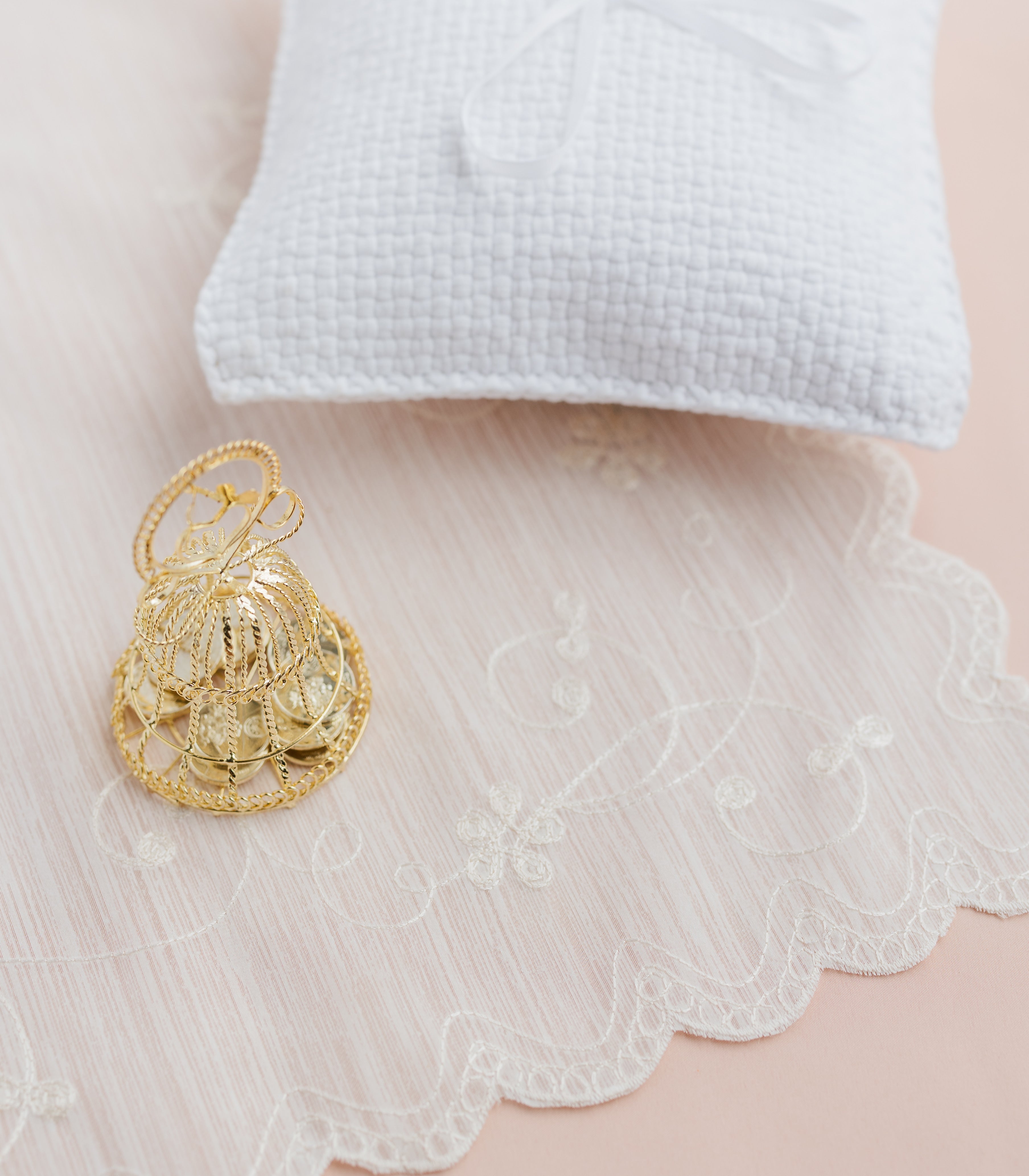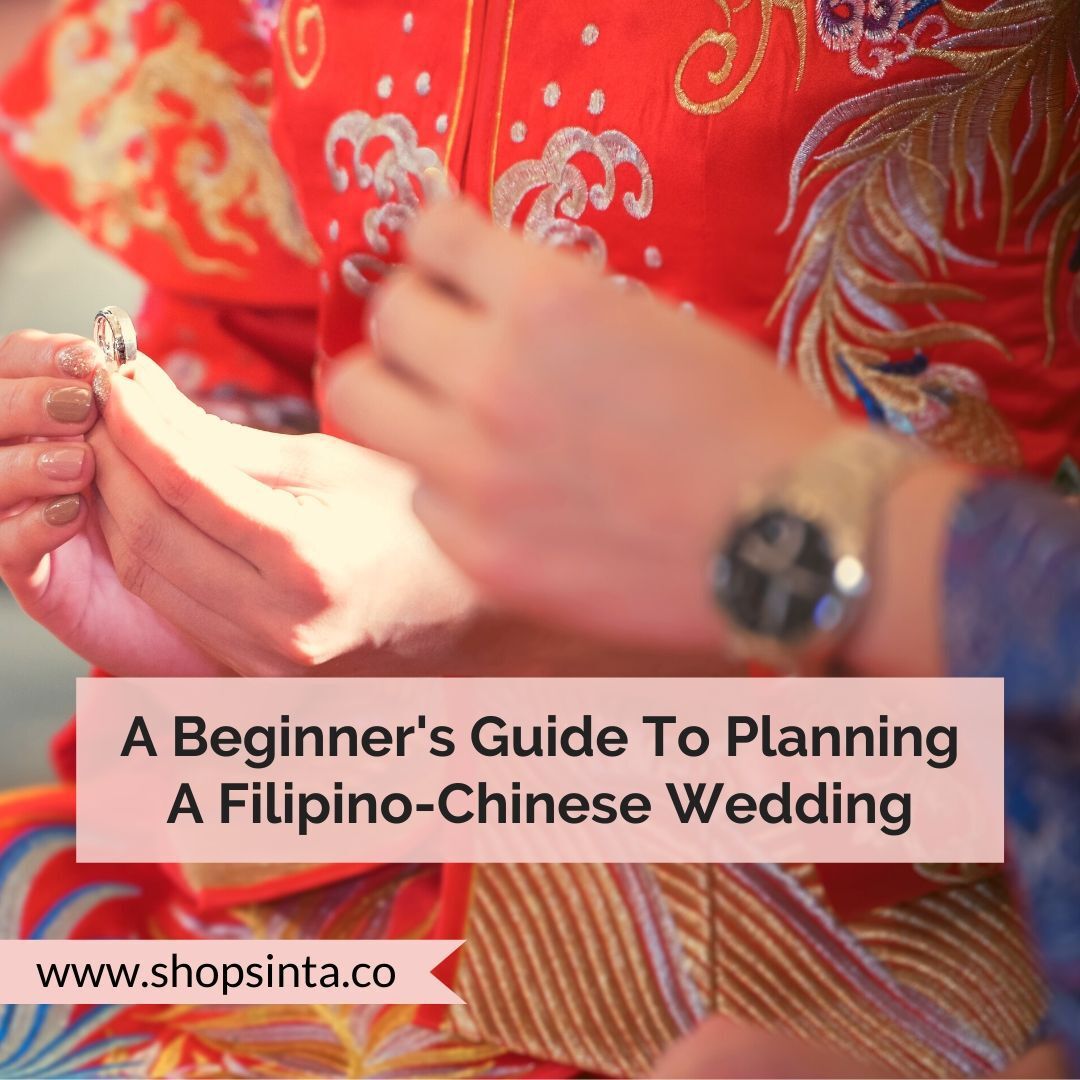
The Chinese have interacted with the Philippines for centuries, their junks peacefully sailing across our waters to exchange precious cargo. Long before a Spanish sailboat or American warship would reach our shores; long before the archipelago was even named the Philippines!
It is this, together with successive waves of migration from the Mainland, that would become what is now the Filipino – Chinese (colloquially called “Chinoy”) community. Today, their traditions continue to influence the country’s cultural and economic landscape, and are considered distinctly Filipino.
Consequently, these customs are reflected in the way the community gets married, with their ceremonies embracing Catholic/Christian rituals (more than 82% identify as Christian) while uniquely retaining many traditional Chinese practices.
Planning your own Filipino – Chinese wedding soon? Here are some important details you should remember.
1. Set activities on auspicious, Feng Shui-friendly dates.
When it comes to pre-wedding & wedding activities, remember to consult with a feng shui expert first before setting any dates. This is the sage advice of My Little KanChiu Book, a Filipino – Chinese wedding planning book by publisher Weddings At Work.
This will help make sure the dates you choose are numerologically compatible for all parties. If you decide to do it yourself however, you may get a Chinese almanac found in many local Chinese community bookstores.
2. Select a suitable color motif.
 (Source: Pinterest)
(Source: Pinterest)
Following Chinese traditions to a tee, red is still the best color of choice for the attire and decor, symbolizing fertility and success.
With the emergence of modern beauty and fashion trends, it’s not uncommon for couples to opt for gold, pink, beige, blue, and yellow motifs. Still, black, purple, and white (associated with death) are widely considered taboo, although black tuxedos do make for a notable exception nowadays.
For instance, while this Ting Hun or engagement ceremony in Manila does incorporate red, the bride-to-be is visibly blooming in light pink, while her (and the groom-to-be’s) mother are clad in deep pink and beige dresses. The groom, and both fathers all look sharp in their black suits too.
3. A Ting Hun (engagement) can be just as meticulous as the wedding itself.
The Ting Hun is a formal engagement that’s considered a turning point for the couple and their respective families. It’s often a massive production back in the Philippines—with some ceremonies looking straight out of a Kevin Kwan novel.
Many opt to hire a specialized Ting Hun coordinator for the event, who pulls together everything from the food, location, to the program flow itself. Usually, such ceremonies are held in hotels or restaurants, who offer all-inclusive Ting Hun packages for the couple.
The ceremony begins with the bride’s parents welcoming the groom’s entourage, then the groom enters with a corsage box together with his relatives. A ceremonial table is set, to be covered with a red satin cloth with gifts placed on top. Traditionally, the bride will have to enter the room walking backwards, but this ritual is often skipped today.
The bride and groom then gift each other a large variety of items presented in pairs, from misua noodles to symbolize longevity, round fruits for prosperity, round or heart-shaped cakes for a sweet and rich life, jewelry as dowry, and much more. The elaborate event continues with a tea ceremony, a cake tasting for the guests, and then a Chinese feast to cap things off.
4. The Filipino-Chinese Kan Chiu or wedding ceremony is rather Western in nature, with an assortment of traditions thrown in.

Compared to other overseas Chinese communities, the Filipino – Chinese community tends to have more Western influences in weddings. Ceremonies are usually held at a Catholic or Protestant church, with a mass that incorporates coin, candle, veil, and cord ceremonies. Like most Filipino weddings, ninongs & ninangs (godparents) are involved in the wedding.
All the while, many traditional Chinese elements still remain. Most Filipino – Chinese weddings are announced in the local Chinese paper by the groom’s parents, for example. On the day of the wedding, brides usually follow the custom of wearing a red robe with a dragon emblem while having her hair & make-up done.
5. Tea ceremonies are held between the wedding and the reception.
Expect to set aside a period of time in between the ceremony and the reception. This is usually reserved for a tea ceremony, symbolizing—respect, a key value of Filipino – Chinese family culture. While traditionally held at the couple’s future home, this is nowadays commonly hosted at a hotel function room instead so guests won’t have to wait as long.
Newlyweds usually have their wedding pictorial afterwards.
6. At the reception, it’s a tradition to serve guests an “emperor’s feast”.
While sit-down dinners & buffets have become commonplace in many Filipino – Chinese weddings, many still choose to serve their guests Lauriat-style. With its origins traced back to ancient China, the lauriat is a multi-course banquet once served to emperors, with each course having its own specific symbolism.
This traditionally includes shark’s fin soup to indicate the couple’s wealth, roast suckling pig as a symbol of virginity, and noodles for longevity. Among the other dishes: fish for abundance, red lobsters or crabs for joy and completeness, and pigeon or Peking duck as a symbol for peace. The grand feast is topped off with sweetened buns and red bean soup for dessert to wish the newlyweds a sweet life ahead.
These are just some of the many rituals Filipino – Chinese couples do at their Ting Hun and Kan Chiu. Do remember that this is not a prescriptive list, although it is wisest to consult with a specialist wedding planner should you want to retain (or omit) certain elements.
Planning your own Kan Chiu soon? Visit our Wedding Ceremony collection, and see which interesting Filipino elements would be a suitable fit for your Filipino-Chinese wedding.Lawrence Garcia

Lawrence is a writer and digital creative from Manila, who's passionate about advertising, books, and fashion history. While working on getting certified as a digital marketer, he's usually binge-watching Heartland and RuPaul's Drag Race on Netflix. You can get in touch with him via email at rencegarcia95@gmail.com




Leave a comment